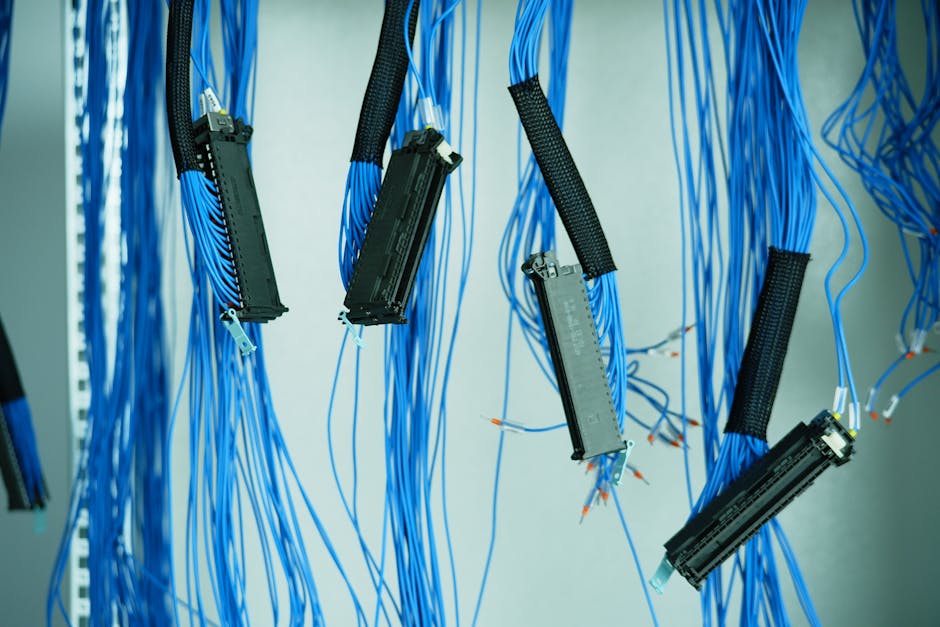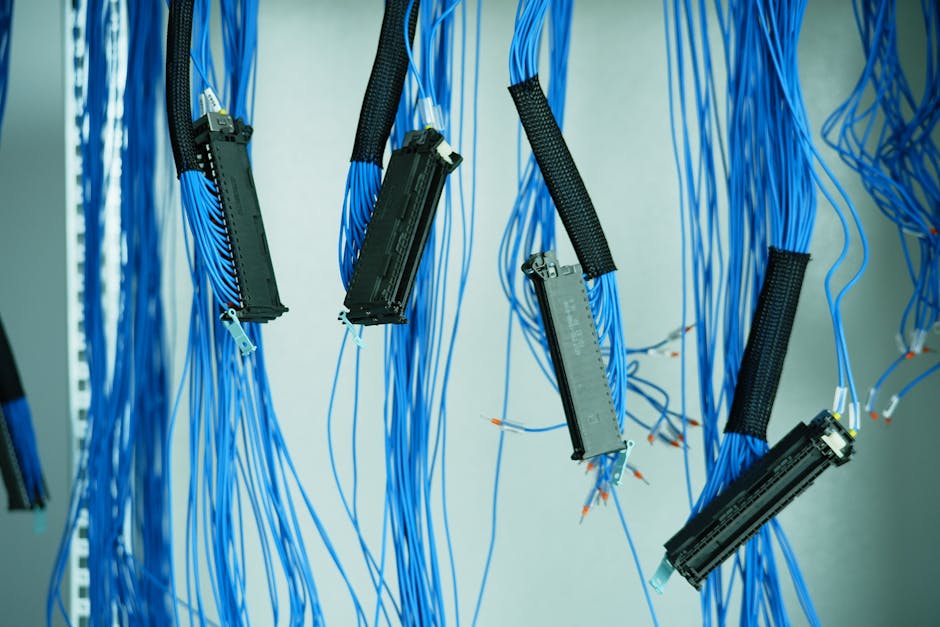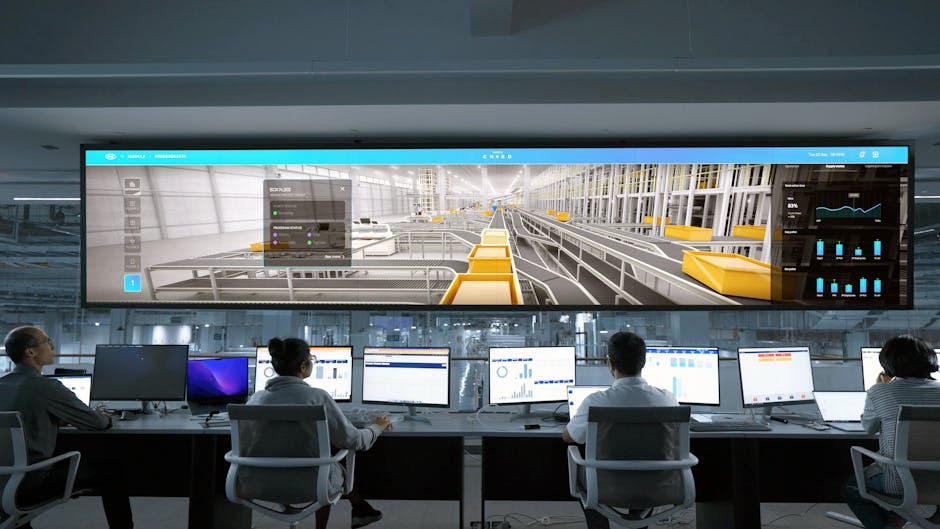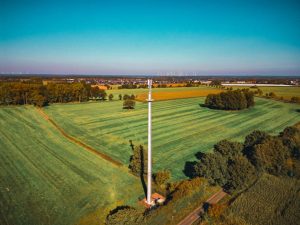Building Network Resilience: Strategies for a Robust and Transparent Future

Network resilience is no longer an optional consideration for modern businesses; it has become a critical necessity in a hyper-connected world. As organizations increasingly rely on seamless connectivity for daily operations, ensuring that your network remains functional in the face of disruptions is paramount. From accidental fiber cuts to natural disasters, unforeseen challenges are inevitable. In a recent episode of the TeleGeography Explains the Internet podcast, Tony O’Sullivan, CEO of RETN, shed light on the importance of building resilient networks and shared practical insights for achieving long-term reliability.
The Key to True Network Diversity: Demanding Transparency

Pexels
A cornerstone of network reliability is diversity, but not all diversity strategies are created equal. O’Sullivan outlined the critical role of transparency in ensuring network diversity. Customers need to demand complete clarity from their providers regarding the physical locations of fiber routes and their upstream providers. This level of granular information is essential for designing truly independent disaster recovery plans. For example, a provider’s map showing Points of Presence (PoPs) might look diverse on paper but could mask vulnerabilities if different lines share the same physical conduit or chokepoint.
With transparency, enterprises and carriers alike can effectively cross-reference routes and identify potential single points of failure (SPoF). RETN champions transparency as a core value, empowering businesses to take control of their network plans with actionable data. As global communications continue to expand, ensuring transparency will only grow more vital in securing connectivity even during the most challenging circumstances.
Balancing Submarine and Terrestrial Routes for Resiliency

Pexels
Recent incidents of global cable cuts and geopolitical tensions have emphasized the risks of over-reliance on large-capacity submarine cables, particularly those concentrated in high-risk regions. O’Sullivan highlighted the importance of blending submarine and terrestrial capacity in building a truly resilient network. Terrestrial routes, while offering lower capacity compared to subsea cables, provide indispensable geographical diversity, allowing networks to remain operational when submarine routes experience disruptions.
The future of resilient networks lies in engineering a balanced mix of submarine and terrestrial systems. Such a hybrid strategy offers both the speed and high capacity of undersea links as well as the independent routing paths of terrestrial fiber. This combination mitigates the impact of physical failures, ensuring seamless service continuity. The proactive investment in such diversified pathways not only strengthens networks against environmental risks but also protects them from potential geopolitical uncertainties, making it a prudent strategy for carriers and enterprises worldwide.
Advanced Network Automation: Enabling Smarter, Transparent Networks

Pexels
Another game-changer for network resiliency is automation. However, the evolution of network automation isn’t solely about instant provisioning, as O’Sullivan pointed out. Instead, it is about providing customers with real-time visibility and actionable tools. Advanced automation allows for comprehensive monitoring of bandwidth utilization, latency metrics, and even the status of Border Gateway Protocol (BGP), which are vital for making informed decisions during network disruptions.
By integrating automation with customer portals, providers can empower businesses to scale and manage services intelligently, ensuring new connections complement and diversify existing networks. Transparency, once again, is a recurring theme, underscoring its importance in not just maintaining, but enhancing network resiliency. Moving forward, the most resilient networks will be those that not only maintain uptime but also provide customers with the data and tools needed to take full control of their connectivity.
The Bottom Line: Investing in Resilient, Transparent Networks

Pexels
As businesses and consumers continue to demand uninterrupted connectivity, the importance of building resilient networks cannot be overstated. From demanding transparent route information to adopting a balanced mix of terrestrial and submarine pathways, and leveraging advanced automation, the path forward requires a multi-faceted approach. O’Sullivan’s insights serve as a reminder that network resilience is as much about strategic planning and transparency as it is about cutting-edge technology.
For more insights into global connectivity and the strategies shaping network infrastructure, stay tuned to TeleGeography’s expert analysis and resources. Building a network that withstands the challenges of tomorrow starts with the right information and a proactive strategy.




